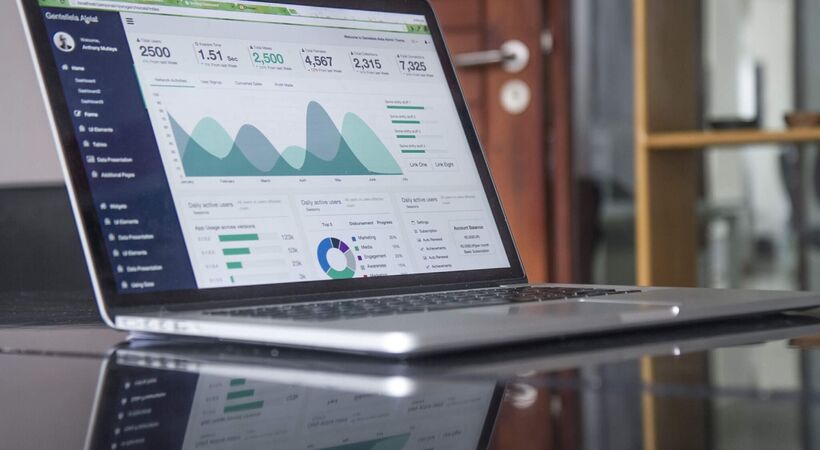Martin Hodgson, country manager, Paessler AG looks at making industrial buildings smart.
New technologies and concepts like the IIoT and analytics, amongst other things, allow for the collection and analysis of more data than ever before. This in turn drives decision-making and other concepts like preventive and predictive maintenance. However, many machines and devices on the factory floor are far too old to support these new data collection scenarios; they simply do not provide the right connectivity, data interfaces, or the data points that are required. This is where retrofitting comes in because it gives new life to legacy machines.
A common way retrofitting is done is by fitting IIoT sensors to old machines, which were built to last for at least 15-30 years, thus allowing the crucial data about the status, condition, operation and more of old machines to be collected and sent to other systems for processing. This enables the machinery to become ‘smart – to communicate and make real-time decisions – this is what some people refer to as ‘Industry 4.0’. All the benefits of the latest cutting edge technology can be reaped without having to build an entirely new factory. It’s also interesting for small to medium sized factories that may not be able to afford new machinery.
To get an industrial environment successfully retrofitted, here are five main steps IT teams and facility managers will need to consider:
1. The bigger picture – defining goals and KPIs
How an environment is retrofitted depends on business goals, because these will define what data IT teams need from their factory floor. For example: if the goal is to reduce downtime of certain machines, they will need to keep constant track of the operating status of those machines. If they need to ensure that humidity or temperature levels do not exceed certain values, then they will need to implement environmental sensors. Once they know the KPIs, they can start with their retrofitting strategy.
2. Collecting data and identifying gaps
In this step, the IT team needs to get to know their industrial IT architecture very well. What existing data can they already get from their machines or systems like SCADA, HMI and MES? What protocols do they use to communicate? What connectivity is already available? Does the environment already make use of industrial gateways, which are key interfaces between the OT world, IIoT devices, and upstream systems? Once they know the answers to questions like these, it will become clear where the gaps are – and where they need to implement new sensors or interfaces.
3. Analysing the infrastructure
Retrofitting involves adding new machines, sensors, gateways and other communicators to the industrial network, so they need to know what their current network infrastructure can handle. This means knowing the capability of their current industrial networking hardware like routers and switches, as well as checking on the bandwidth limitations they have. In addition to this, they will be adding IIoT sensors and industrial gateways to the environment, and so they need to ensure that their infrastructure can handle the new demands that will be placed on it.
4. Tracking and understanding data
The data from the factory floor will need to be sent to other systems, such as data centers in the cloud or on-premises, where it can be analysed to generate insights and inform decisions made about all aspects of the production process. And of course, the data has several touchpoints to travel through along the way: routers, switches, industrial gateways, and systems like MES and Cloud ERP systems are all possible steps.
5. Getting the right strategy
Because of the complexity of the points mentioned above, monitoring the environment is crucial. They need to understand so much about the IT and OT infrastructure – the condition and status of machines on their factory floor, the status of industrial gateways, bandwidth usage, and the status of IIoT devices, to name just a few metrics. In addition to this, they need to measure the KPIs that were defined in the first step. For this, they need a monitoring tool that is able to bring in data from IIoT sensors, OT systems, and traditional IT components using several common protocols and display everything in one place.
The retrofit market is growing exponentially because it’s seen as a sustainable solution that gives new life to outdated machinery and brings the technology that’s used on the factory floor in line with modern standards. This makes it a ‘no brainer’ for many IT teams and facility managers who want to reduce downtime and make cost savings.





